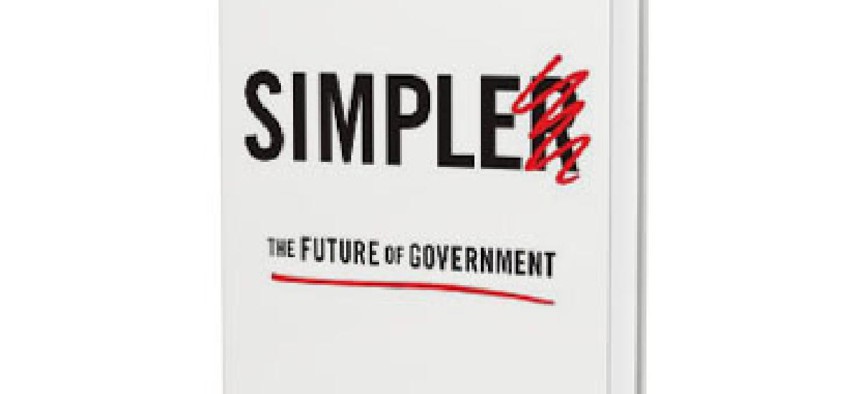What IT leaders can learn from regulations

Cass Sunstein's 'Simpler' shows how careful design and assessment can make almost any system better.

In 2009, University of Chicago scholars Cass Sunstein and Richard Thaler published "Nudge," a best-selling and widely praised book on how decisions are made and how to encourage better ones. Sunstein, at that point, had already been tapped by President Barack Obama to lead the White House’s Office of Information and Regulatory Affairs, and from that post he put many of the book's theories into practice across the federal government.
Four years later, Sunstein has stepped down from OIRA and moved from the University of Chicago to Harvard Law School, where he directs the Program on Behavioral Economics and Public Policy. And with "Simpler: The Future of Government," Sunstein wants to make clear just what "choice architecture" tweaks and government nudges were able to accomplish.
"Simpler" does not focus on technology. It mentions technology per se just a handful of times and usually in passing, so a reader could be forgiven for seeing the book as a self-congratulatory recap of Sunstein's regulatory successes at OIRA. Yet the book is not really about regulations either. Its emphasis is on clarity and outcomes, and therein lie valuable lessons for any IT initiative.
Some of those lessons are tactical -- how to know when "sensible default rules" are appropriate and desirable, and when prechecking the box on a form will create more problems than it solves. Others are examples to emulate -- for example, iPads and other tablet PCs, Sunstein said, are amazing for their ability to provide power and complexity through a simple, intuitive interface.
And still others are reminders that the people who will use a system usually have a very different perspective from those who design it. For the creators, Sunstein wrote, "adding a few provisions, questions or subparts just isn't a big deal, because to them, it's all so familiar. But if a student, a parent or an owner of a small business tries to grapple with government documents, it is easy to get lost.... The consequences can be bad and in some cases even tragic." The same certainly holds true for any number of enterprise IT solutions.
Sunstein also argues that technology can be a force for simplification and smarter outcomes in government. Electronic reporting can make compliance "cheap and easy," while the opening of more data can improve everything from fuel economy to tax law to agency adaptability.
Ultimately, however, the message of "Simpler" is appropriately concise: Clarify, measure outcomes carefully, and talk to your end user. It's OK to nudge, but only if you know where to push.
NEXT STORY: AFFIRM announces 2013 Leadership Award winners





